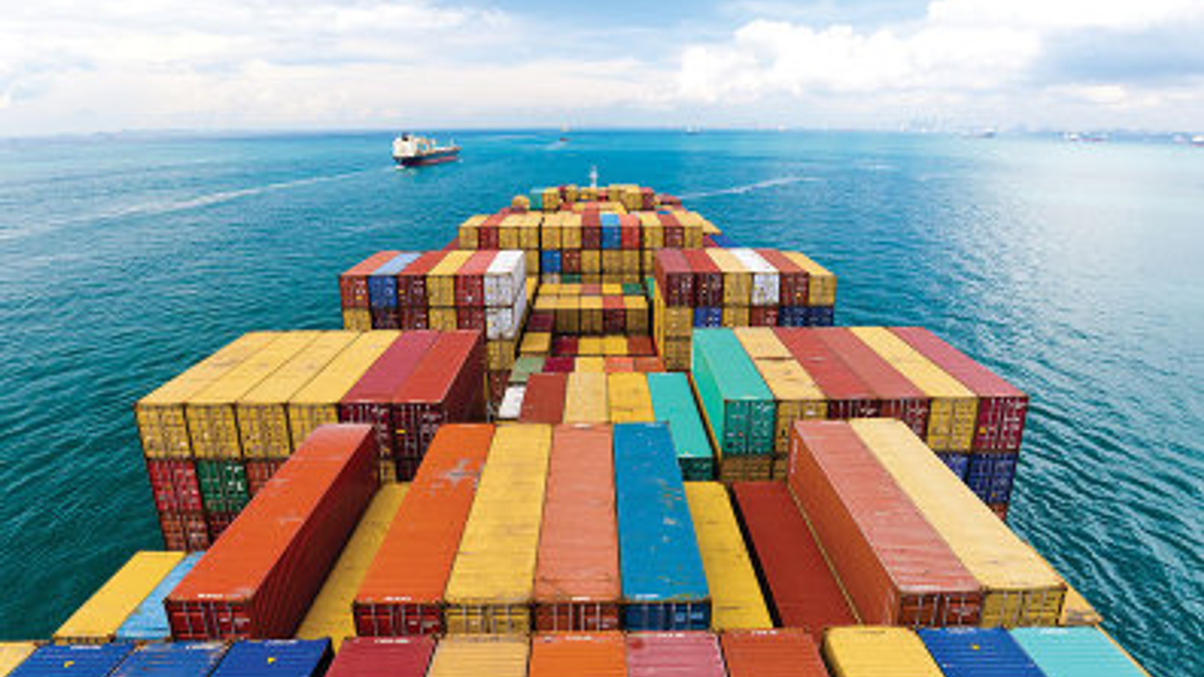Future Fund chair fears effect of protectionism
Peter Costello says more restrictions on global trade would be bad for all investors and argues that the Australian sovereign wealth fund's return target should be revised down.

The chairman of the board of guardians at Australia's Future Fund has warned of the risks for all investors of an environment of protectionism that might result from the actions of the new US administration. He was speaking during the release yesterday of the sovereign wealth fund's latest portfolio performance report.
Sign in to read on!
Registered users get 2 free articles in 30 days.
Subscribers have full unlimited access to AsianInvestor
Not signed up? New users get 2 free articles per month, plus a 7-day unlimited free trial.
¬ Haymarket Media Limited. All rights reserved.


